Leaves can turn yellow if tomatoes aren’t getting enough nutrients from the soil. This is the most common cause and can be corrected with regular applications of compost, or well balanced fertilizer.
Yellow leaves can also be a sign of over- or under-watering. Tomato plants want to be in Full Sun. Low light levels will also contribute to problems.
There are several leaf diseases that tomatoes are prone to but it is hard to say which might be affecting your plants. This could be bacterial leaf spot, early blight, late blight or another fungal leaf disease.
That said, the treatment for the home gardener is the same:
1. Pull off the leaves that are spotted and/or yellow so the plant can be better monitored and some of the spores are removed.
2. Never get the foliage wet when watering. It’s amazing how many people routinely spray the leaves of plants every evening because they think that they are somehow “refreshing” the plant. This is a prescription for every leaf disease in the book. Instead, water deeply less often, trying to do so in the morning so that the foliage has plenty of time to dry.
3. Start spraying immediately with a copper fungicide – this is an organic treatment that is a bit stronger than other organic fungicides. If the garden is right next to a pond, lake or stream, however, do not use copper as it is toxic to aquatic life. (In such cases I would use Actinovate, a natural bacteria.) Spray under the leaves and the stems too. Although the fungicide won’t “cure” the problem it can protect the newer growth long enough so that tomatoes can be harvested. Next season start spraying early first using something like Actinovate or Seranade, and switching to the copper once the plant has a problem. (Do not alternate these – the copper will kill the bacteria in the other two products.) Always start with the mildest of treatments for plants.
4. Next season mulch your plants as soon as you plant them so that no fungal spores will splash up on the foliage when it rains.
5. Many people ask if they can “treat the soil” to get rid of such diseases, but most are not only soil-borne but also wind-borne so usually it’s not helpful to apply a fungicide to the ground.
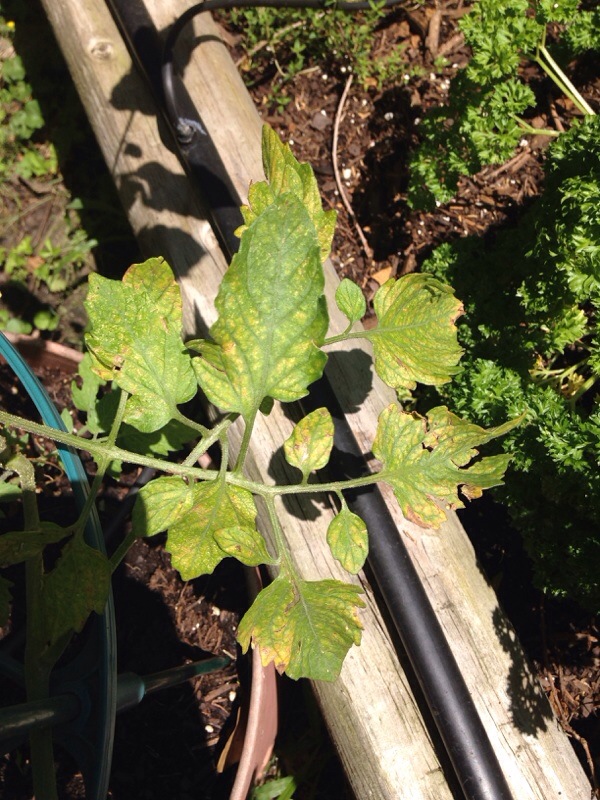
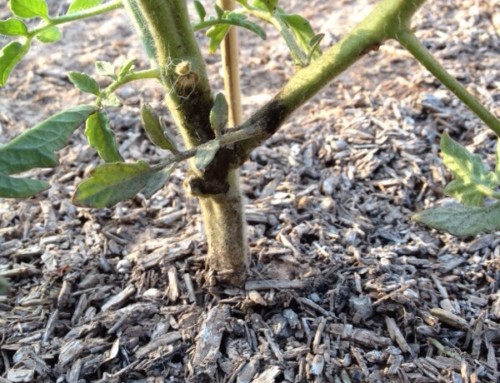
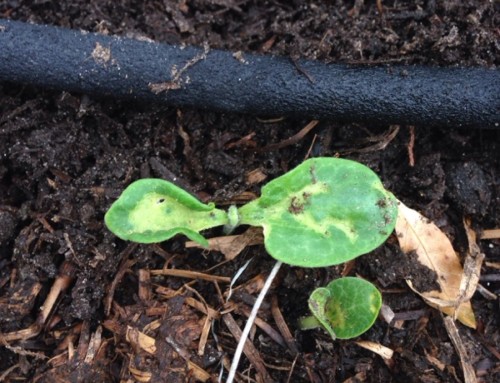
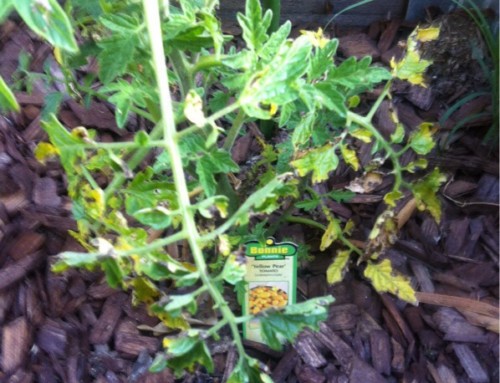
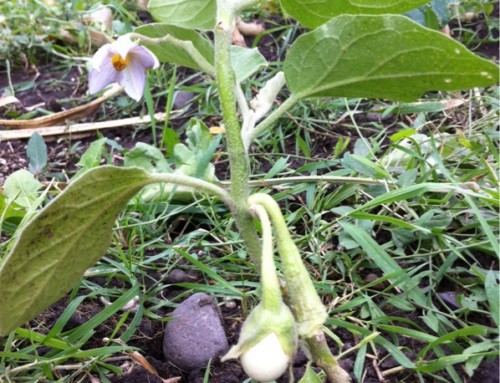
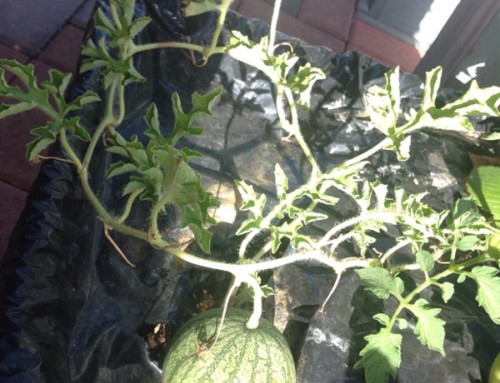
Leave A Comment